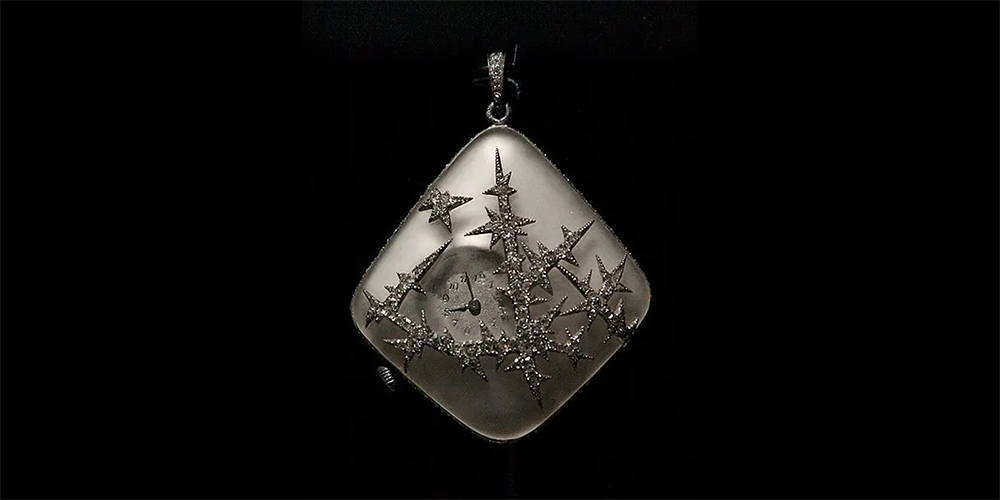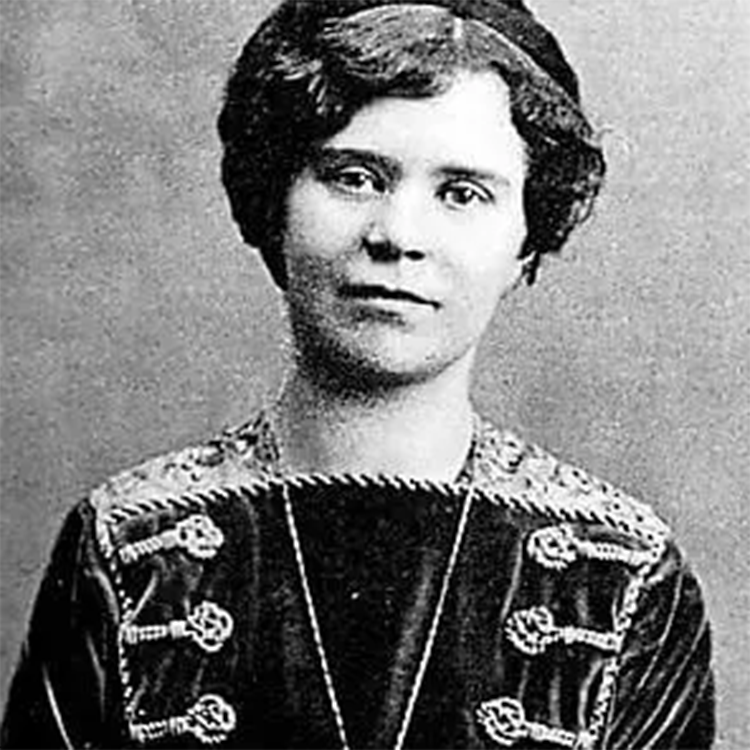
Women of the JEwelry World: Alma Pihl
Step into the world of Alma Pihl, a trailblazing female artisan whose masterpieces redefine the essence of luxury and creativity in jewelry design.

Empowering Creativity: The Transformative Impact of Women in the World of Jewelry Design
Across the globe, in fields ranging from politics to business, and notably in the realm of jewelry design, the influence of female creators and entrepreneurs is increasingly recognized and celebrated. In an era where “female-made” and “woman-owned” badges of honor are sought after by consumers, it’s particularly poignant during Women’s History Month to spotlight the legendary female artisans in jewelry design whose creativity and skill have left an indelible mark on the industry.

Alma Theresia Pihl
A Luminary in the Fabergé Legacy
Among the pantheon of illustrious jewelry designers, Alma Theresia Pihl (1888-1976) stands out as a beacon of talent and creativity.
Her journey to becoming one of Fabergé’s most acclaimed artists is a testament to the power of heritage, culture, and personal determination. In today’s context, Alma embodies the essence of a self-made woman, drawing inspiration and strength from her familial roots and the rich cultural tapestry of her time.

Her masterpiece, the Mosaic Egg and Surprise, which resides in the Royal Collection Trust in the UK, is a testament to her exceptional skill. Commissioned by Tsar Nicholas II for Tsarina Alexandra Feodorovna and presented in 1914, this gold egg, exquisitely resembling an embroidered canvas, showcases Alma’s unparalleled ability to blend artistry with craftsmanship.
The Genesis of a Visionary
Alma Pihl’s Formative Years
Alma’s journey into the world of luxury jewelry design was almost preordained, given her lineage. Born into a family with deep ties to the Fabergé tradition — her grandfather, August Holmström, was a renowned workmaster, and her father, Oscar Pihl, led Fabergé’s Moscow jewelry workshop — Alma was destined for greatness in the craft.
Her apprenticeship at Fabergé was not just a period of learning but a time of fervent creativity and exploration. Alma’s early sketches and designs, drawn from her imagination and the world around her, laid the groundwork for what would become a remarkable career in jewelry design.
A Breakthrough in Design
The Creation of Frost Flowers
Alma’s first major breakthrough came with a unique commission from Dr. Nobel of the oil empire. Tasked with creating 40 distinctive pieces of jewelry as sophisticated gifts, Alma found her muse in the natural beauty of frost flowers adorning her workshop window. This inspiration led to the creation of the Snowflake Pendants, or Frost Flowers, an exquisite series of brooches crafted from rose-cut diamonds and jeweled rock crystal. Dr. Nobel, captivated by the originality and beauty of Alma’s designs, secured exclusive rights to the concept, marking a significant milestone in Alma’s career.
Reimagining the Narrative
Celebrating Women’s Contributions to Jewelry Design
Alma Theresia Pihl’s legacy is a beacon of inspiration, highlighting the extraordinary contributions of women to the art and craft of jewelry design. Her story, from her early beginnings to her groundbreaking creations, exemplifies the creativity, skill, and vision that female artisans bring to the world of luxury and design. As we celebrate Women’s History Month, let’s honor the pioneering spirit of women like Alma Pihl, whose artistic innovations continue to enchant and inspire.
If you’re interested in learning more about designers like Alma Pihl, feel free to read our blog feature “The Trailblazing Women of the Jewelry World.”

Originally Published March 3, 2020, Updated and Expanded March 1, 2024

Resources:
Inspired by Alma Pihl?
Even if your treasured pieces aren’t destined for display in illustrious galleries or royal vaults, they hold immeasurable value and stories worth preserving. Whether it’s safeguarding these cherished items, restoring their former glory, or infusing them with new life, My Jewelry Repair is at your service. Reach out to us, and let’s ensure your jewelry continues to shine and inspire for generations to come.
Explore the Magic of Our Jewelry Services!
We are proud members of the

Our team includes gemologists certified by

